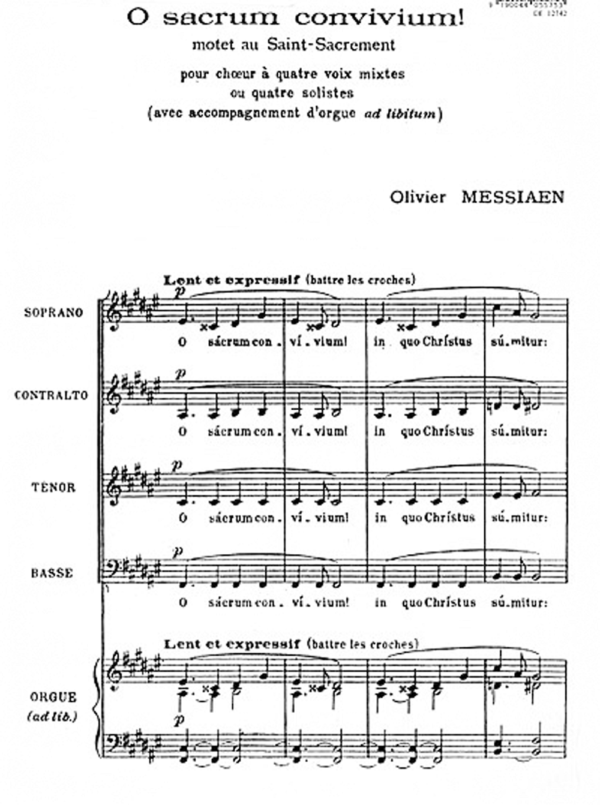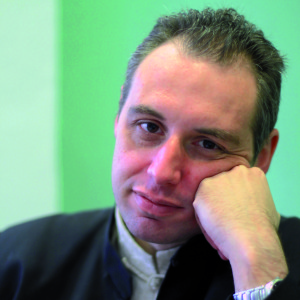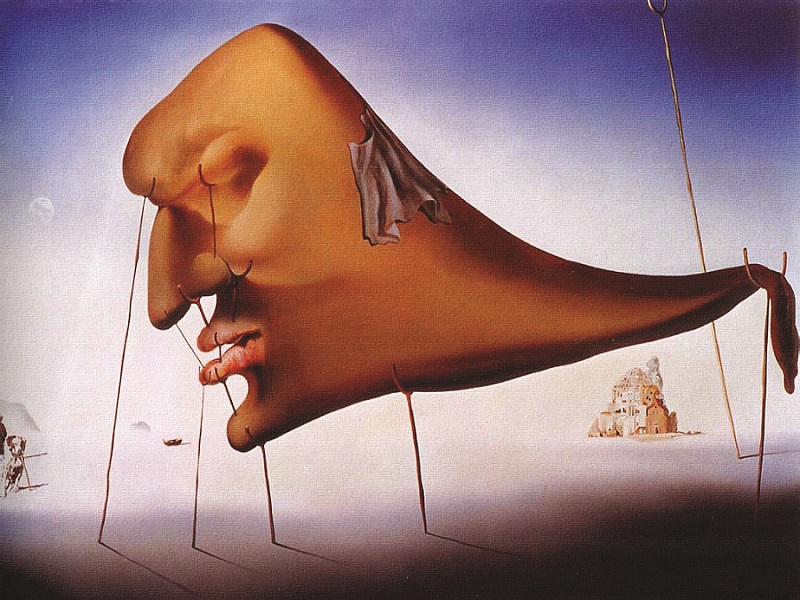Aurelio Porfiri
choral conductor and teacher
It is common for opinions on the value of a piece of choral music to be given regarding its conformity to a category defined as ‘modernity’, a category that is, by the way, conceptually abstract. A piece is considered acceptable, according to some musicians and music lovers, if it contains some characteristics that are flags for ‘being modern’, a clear sign of advancement in music creativity in their opinion. Please keep in mind this concept of ‘creativity’, because it will become useful shortly. The characteristics mentioned above are: the strong use of chromatic harmony, difficult rhythms and extra musical elements (percussive, vocal and so on). When a piece of choral music does not conform to these characteristics, or at least to some of them, it then becomes unacceptable, usually labelled as late romantic music, old style or similar definitions. What is really interesting about this kind of judgment is that it is usually made without consideration for different approaches that different people may have towards choral music. Also, this kind of opinion presupposes a modern unified musical grammar that can be taken as a paradigm, a grammar that in reality does not exist, especially in modern times. Of course this kind of reasoning has to be considered under specific preconditions that are assumed by those giving these judgments, preconditions that they sometimes do not consciously recognize. One of these preconditions is the Hegelian idea of musical grammar, an uninterrupted path from concord to discord. So, unconsciously assuming the materialistic dialectic, the language is the outcome (synthesis) of thesis and antithesis, always changing and always evolving from the past and betraying the past in a certain way. But this idea, as mentioned, is quite a recent one. Of course, composers of previous centuries also always tried to update their languages. But this was done with great respect for the previous models that were not considered as something to be destroyed but as something to be assumed for a new synthesis. For Baroque composers, for example, being able to compose a motet in the stile antico (the style of Renaissance music) was considered an indispensable skill that every composer should have. Indeed we find traces of this even in recent times. I remember that in my exam for the final degree of Choral Music and Choral Conducting, I had to write a motet in Renaissance style. The past inspires the present. This was the idea of creativity, not the permanent revolution of musical language, but a pacific dialogue with the past, even if this musical past was not respected in many of its most recognizable features. This is the good concept of composition, from the Latin componere, putting things together. However, for some people this concept is just developing in one direction, when indeed traditionally it has also a profound link with the language of the past.
It is also not correct to judge a piece in the abstract. Lots of choral music is composed for religious purposes, with specific constraints and obligations; this does not make this kind of music not modern in the same way that a military march, even if composed today, has to maintain certain characteristics that make it functional as a march. Of course music is composed also for functional purposes, not just in abstract terms. We can appreciate the definition of an art work given by George Dickie: “A work of art is an artefact of a kind created to be presented to an art-world public.” (Dickie 1984, 80). Art, and music, are institutional in a certain way and cannot be considered in abstract terms. The relationship between the closed nature and openness of a work of art can be the subject of many debates (Erler 2006), but the first is a dimension that cannot be underestimated. In addition the institutional nature of music (or at least a great part of it) also offers constraints for its language that cannot be considered in the abstract. Some people, when giving an opinion on a piece of choral music, only consider its musical language in the abstract, in conformity with the characteristics we postulated earlier. So, for example, there are some composers who use texts from the Christian tradition, like ‘Pange Lingua’, merely using this text as a pretext for their rhythmic and melodic acrobatics and they are applauded by the forerunners of modernity. But indeed I consider this kind of thing an involution of musical language because it does not consider the understanding of the lyrics themselves, coming from centuries of musical tradition. Olivier Messiaen has composed a piece using the text ‘O Sacrum Convivium’. He employs a modern harmonic treatment but also shows a deep understanding of what this text means. What a difference between him and the people we were talking about before. Antoine Compagnon, in one of his books, has already helped us to distinguish between avant-garde and modernity (Compagnon 1994). Avant-garde seeks to break with the past and many of their claims are also in the ideas of the so-called ‘knights of modernity’. There is also another consideration, this time of a geographical nature: there are musical features that are characteristic to different nations and have to be appreciated in this context. But this will lead us very far and so I will not go into this issue.

Indeed for me the important distinction is between the idea and the language. A language expresses the idea but is not the idea. I know that the medium is the message but I also know that McLuhan wanted to call his work ‘the medium is the massage’. I think this last version is more important for us: the medium, that is the music language, can soothe us, like a massage, but may let us forget what is more important beneath the medium: the idea. I really think that the idea has to be modern, not necessarily the medium. The medium, the language, is a tool and if the idea is new, anything works. It is true that there are many choral pieces where the very consonant language sometimes gives the impression of something old, but the problem is not the language, it is that the idea is not developed or perhaps does not even exist. When there is real and fresh emotion, every language can express the depth of these feelings. If you consider the modern choral composers who are really successful you will observe that not one of them is an avant-garde composer: all of them use different languages, sometimes also very consonant, with only one purpose, to communicate ideas to their audiences. Today, after decades of musical avant-garde, what can be considered breaking with the past is a C major chord. This demonstrates only that the claims of modernity in the terms we expressed before have no reasons to exist. Creativity is a magic power that combines materials regardless of their provenance. Also, we cannot forget the words of Antimo Liberati (Rambotti 2008), singer in the Sistine Chapel Choir in Baroque times, in his letter to Ovidio Persapegi: “la musica è una mera opinione e di questa non si può dar certezza veruna” (music is a mere opinion and of this opinion we cannot say anything for certain). It seems a very relativistic phrase, meaning everything is possible. I would take it as a request for prudence when giving judgments because those claiming to be the knights of modernity, all things considered, might be already confined in the past.
BIBLIOGRAPHY
- Compagnon, Antoine (1994). The Five Paradoxes of Modernity. New York (NY), USA: Columbia University
- Dickie, George (1984). The Art Circle. A Theory of Art. New York (NY), USA: Haven Publications.
- Erler, Alexandre (2006). Dickie’s Institutional Theory and the “Openess” of the Concept of Art. Postgraduate Journal of Aesthetics. Vol. 3. No. 3 Pagg. 110-117.
- Rambotti, Fiorella (2008). “La Musica è una Mera Opinione e di questa non si può dar certezza veruna”. Antimo Liberati e il suo Diario Sistino con una riproduzione della Lettera a Ovidio Persapegi. Perugia (Italy): Morlacchi Editore.

Aurelio Porfiri is Director of Choral Activities and Composer-in-Residence for Santa Rosa de Lima School (Macao, China), Director of Musical Activities for Our Lady of Fatima Girls School (Macao, China), Visiting Conductor for the Music Education Department of Shanghai Conservatory of Music (China), and Artistic Director of Porfiri & Horvath Publishers (Germany). His compositions have been published in Italy, Germany and the USA. He has contributed more than 200 articles to several publications on topics related to choral and church music. He is the author of five books. Email: aurelioporfiri@hotmail.com
Edited by Theresa Trisolino, UK

